The Xoom 125 ZX variant is the most feature-rich variant of Hero’s sporty new scooter. Here is how it did in our fuel efficiency test.
Hero’s all-new Xoom 125 is positioned as a more premium and performance-oriented upgrade over the Xoom 110. While it is aimed at a younger audience, fuel economy remains a key factor in the 125cc segment. So we put the top-spec ZX variant through our standard city and highway mileage tests to see how efficient it is.
Hero Xoom 125 real world fuel efficiency
The Xoom 125 managed a respectable combined fuel efficiency figure of 56.2kpl.
As always, we followed our standardised fuel economy testing process. We tested the top-spec Hero Xoom 125 ZX variant, which is 1kg heavier than the base version. The tests were carried out in Mumbai, and we encountered occasional rain across both loops, though the conditions remained largely consistent. For the city test, the scooter was ridden over a distance of 53.3km in typical stop-and-go traffic. At the end of the run, it required 0.94 litres of fuel to top up, giving us a city fuel economy of 56.70kpl. In the highway test, the Xoom 125 was ridden over 59.6km at a steady cruising pace. It needed 1.07 litres to refill, which translates to a highway figure of 55.70kpl.
Hero Xoom 125 fuel economy analysis
It is equipped with a 124.6cc engine that produces 9.8hp and 10.4Nm.
The Hero Xoom 125 posted near-identical figures in both our test scenarios. It returned 56.70kpl in the city, which is a strong number considering the traffic density and mixed riding conditions. What aided this figure is the new start-stop feature that automatically cuts off the engine if the scooter is stationary for too long. On the highway, it delivered 55.70kpl, which is slightly lower but still very respectable for a 125cc scooter.
.jpg?w=700&c=0)
The difference between the city and highway figures is marginal, and this result suggests that the Xoom’s 124.6cc engine maintains consistent efficiency across a variety of conditions. With a 5-litre fuel tank, the Xoom 125 offers a theoretical range of around 280km on a full tank, making it well-suited to daily commuting duties.
Autocar India’s fuel-efficiency testing
Our fuel-efficiency testing routine starts by first brimming the tank and ensuring the bike is running the manufacturer’s recommended tyre pressures. The bike is then ridden on fixed city and highway routes, where we maintain average speeds that best mimic real-world scenarios, as well as keeping speed limits in mind. The payload on the bikes is kept constant by balancing rider weights and ballast, ensuring consistency across different vehicles and riders. At the end of the test cycle, the fuel tank is once again filled to the brim, giving us an accurate figure of how much fuel has been consumed against the trip meter reading.
Also see: Yamaha FZS Fi Hybrid fuel economy tested, explained








.jpg)
:no_upscale()/cdn.vox-cdn.com/uploads/chorus_asset/file/26048076/GvHxJjOaAAA2wtL.jpg)



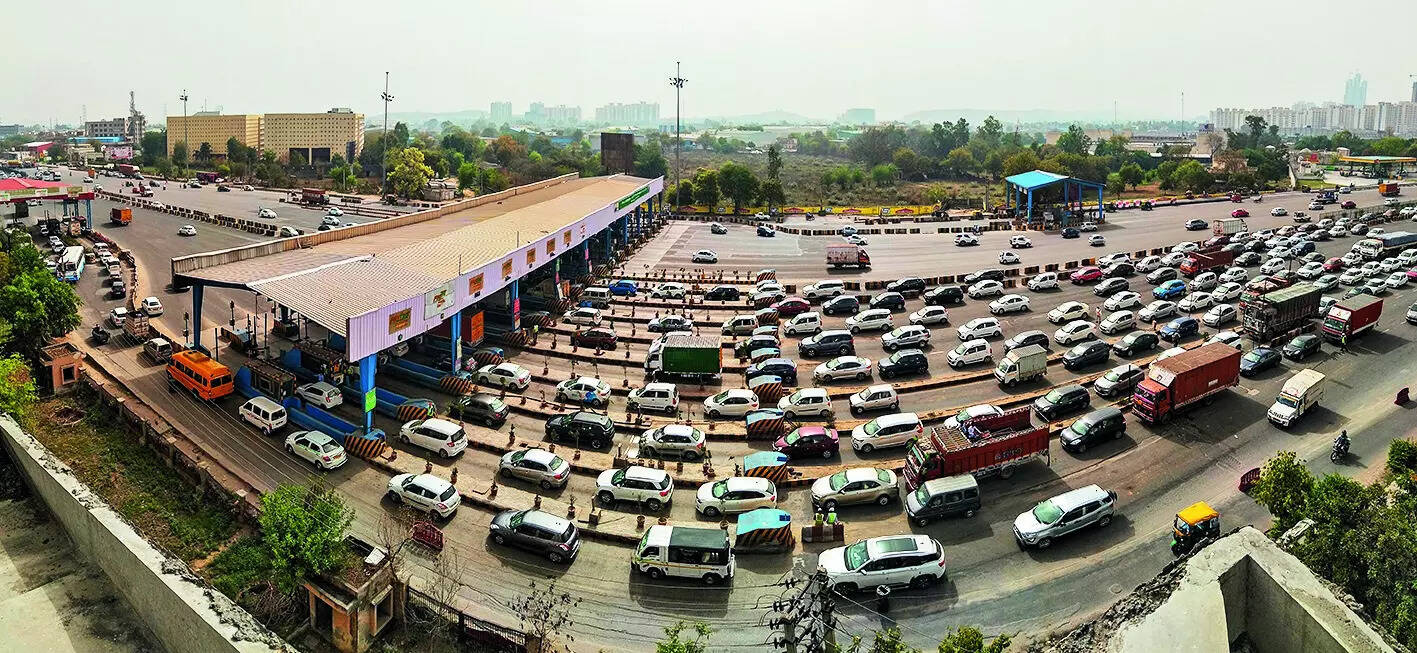
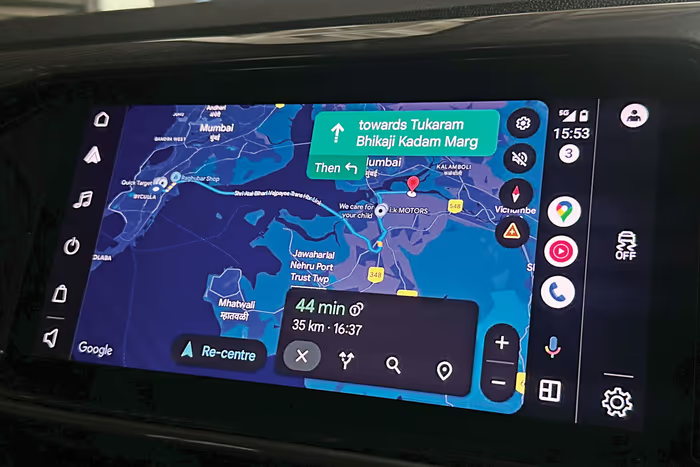
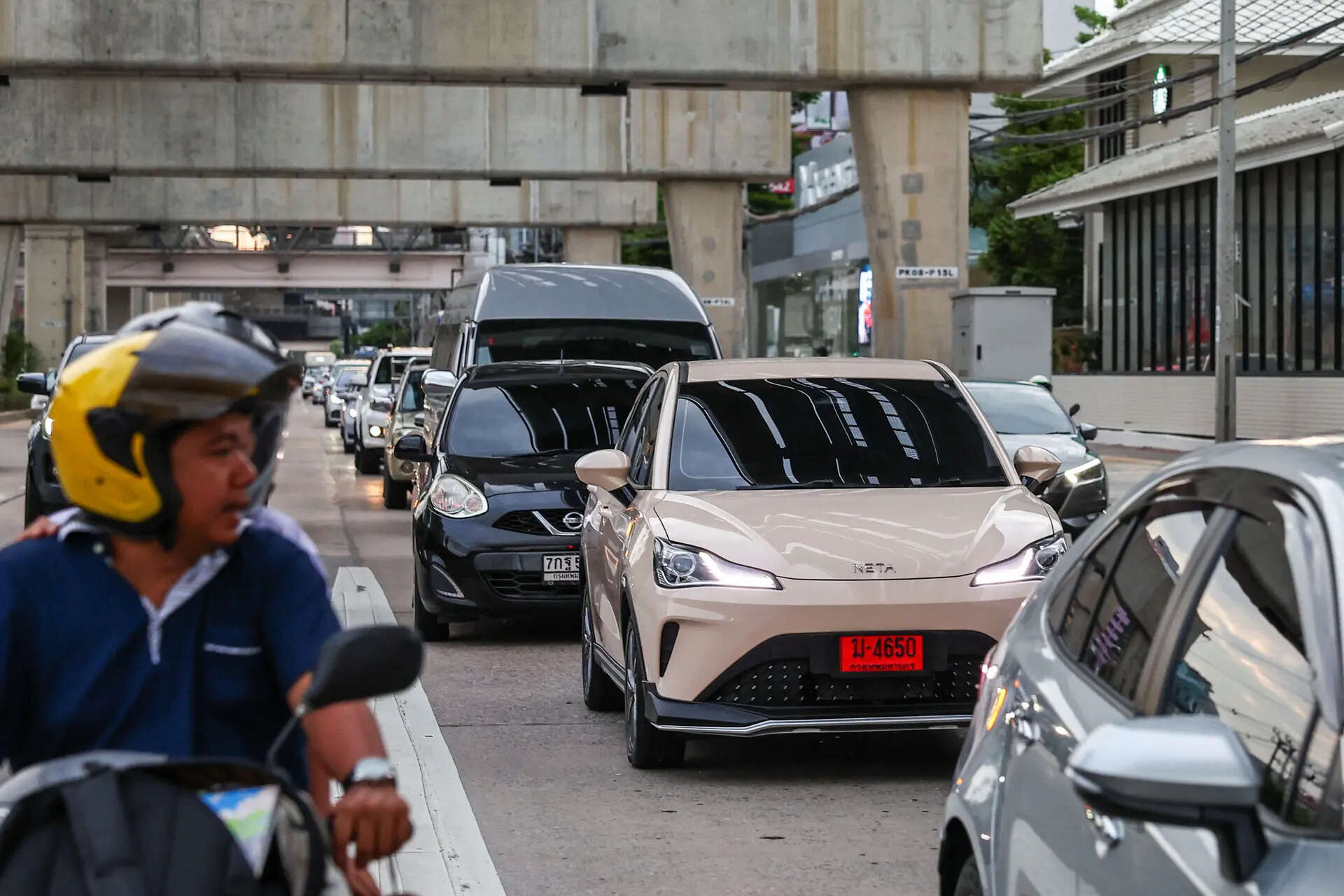
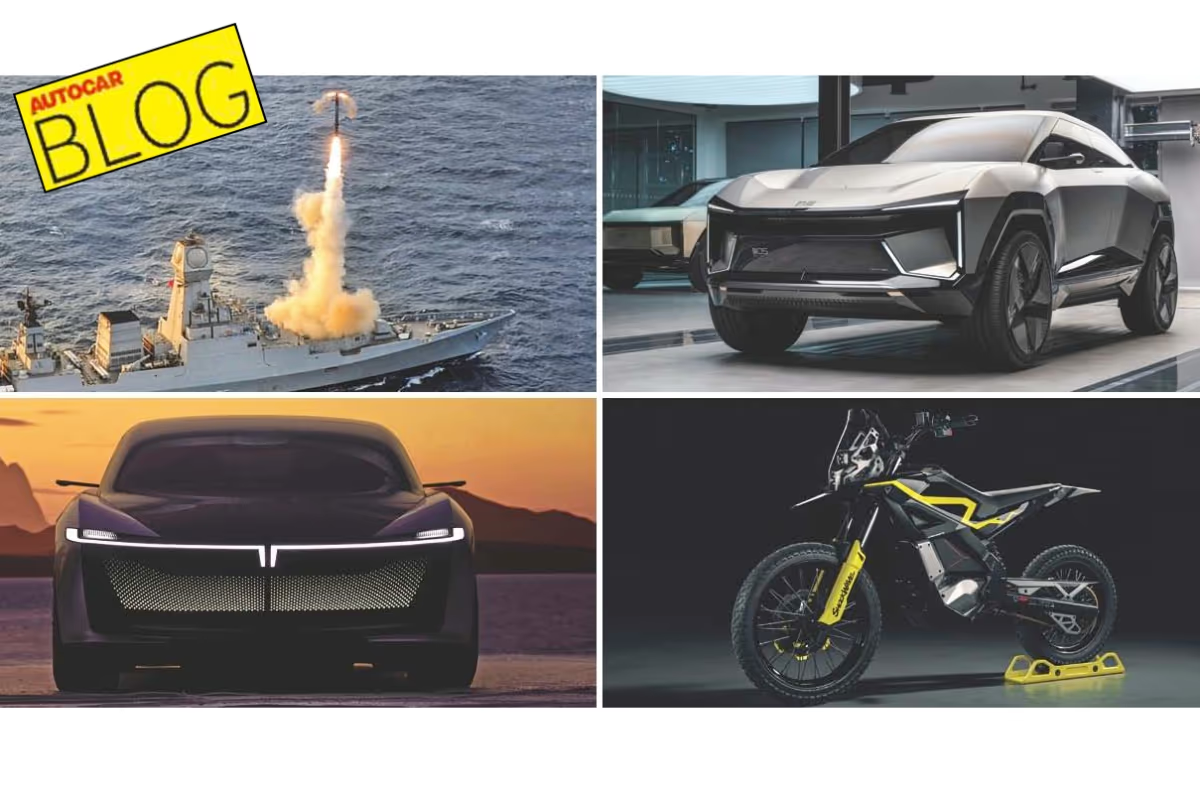
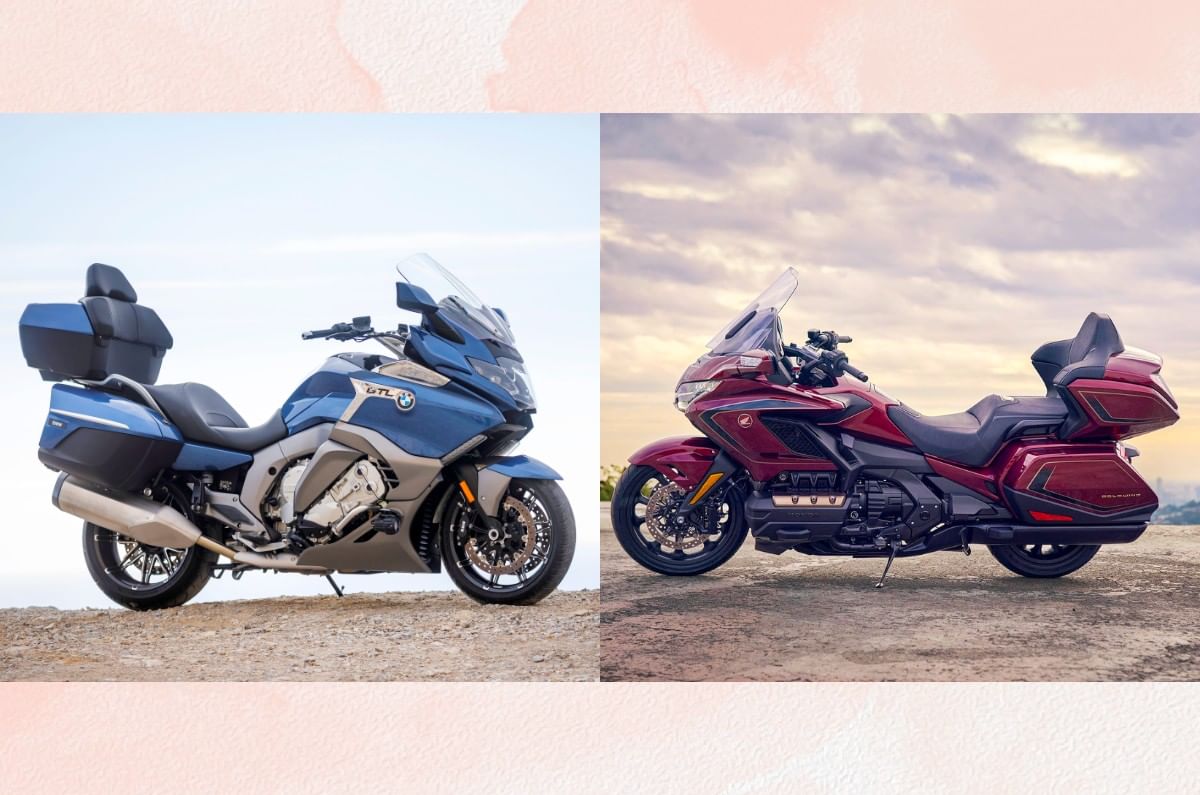




































.jpg?w=700&c=0)

